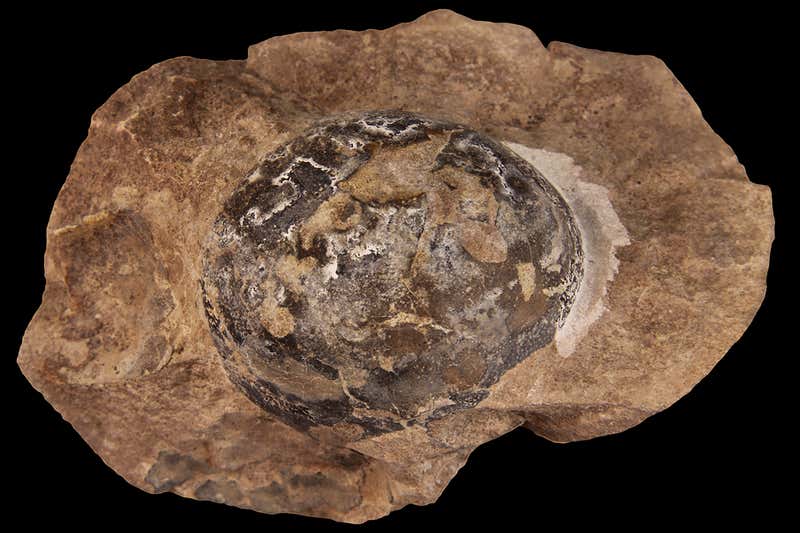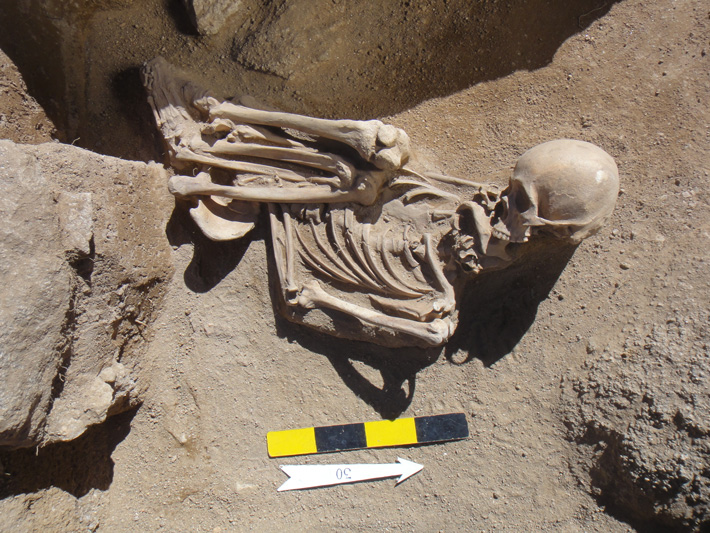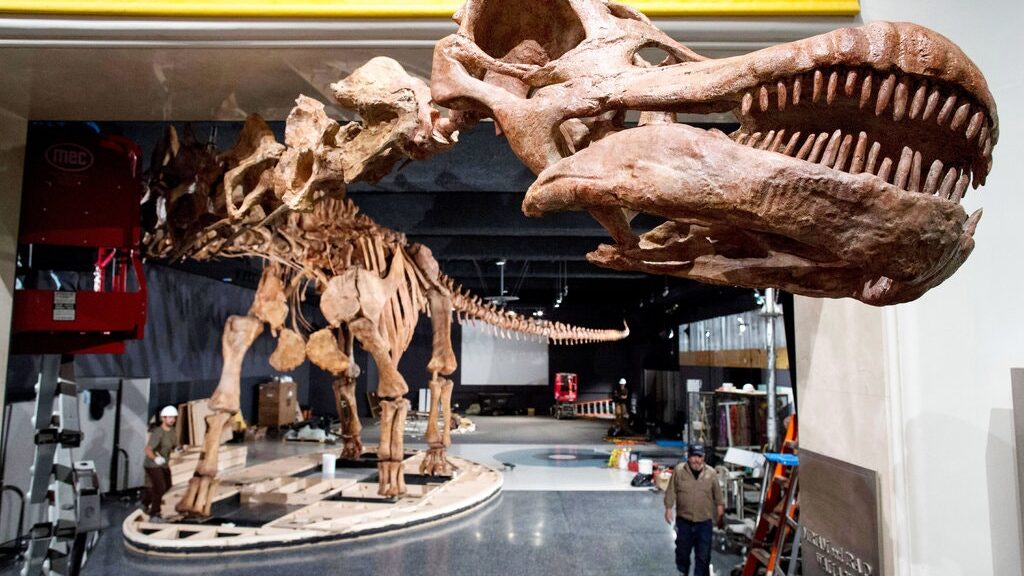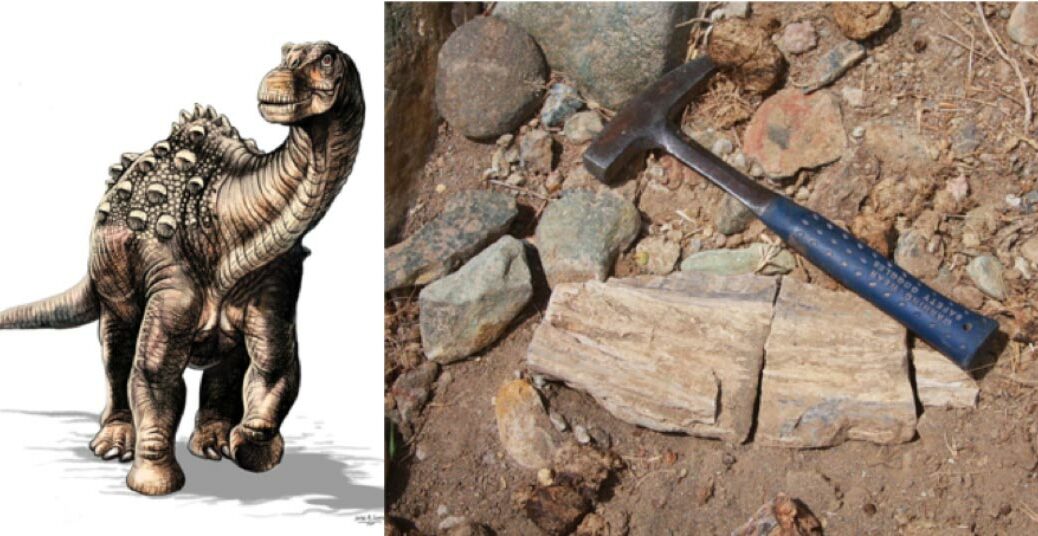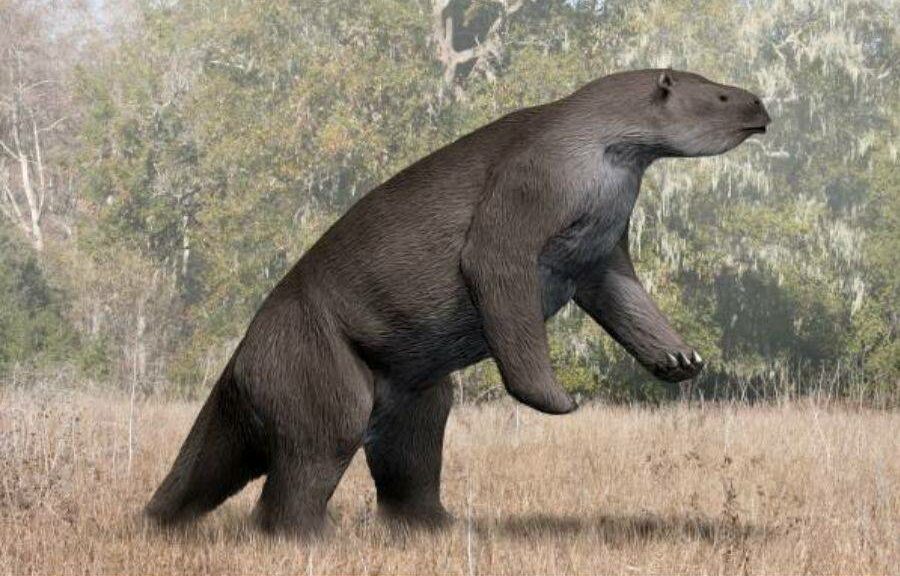The first dinosaurs may have laid soft eggs without hard shells
The new finding forces scientists to rethink how dinosaur eggs evolved. The earliest dinosaur eggs were more like leathery turtle eggs than hard bird’s eggs. That’s the conclusion of a new study of fossilized dino embryos.
A team of palaeontologists studied embryos from two types of dinosaurs. One came from early in dinosaur history. The other lived about 150 million years later. Both sets of eggs were enclosed by soft shells. The researchers described their findings online on June 17 in Nature. It’s the first report of soft-shelled dino eggs.
“This new hypothesis provides an answer to these problems,” says Stephen Brusatte. He is a palaeontologist at the University of Edinburgh in Scotland. He was not involved in the work. Until now, palaeontologists thought that all dinosaurs laid hard eggs.

Minerals such as calcite make such shells hard and help them to fossilize. But scientists couldn’t explain a lack of fossil eggs from the earliest dinosaurs. Nor did they know why tiny structures within eggshells are so different across the three main types of dinosaurs.
Further analyses of these and other dinosaur eggs suggest that hard eggshells evolved three separate times. The team thinks the long-necked sauropods, plant-eating ornithischians (Or-nuh-THISH-ee-uns) and fierce theropods each evolved their own hard shells.
Unearthing soft dino eggs
The researchers analyzed a clutch of dinosaur eggs found in Mongolia. The eggs are thought to come from Protoceratops. That was a sheep-sized ornithischian. The fossil dates to between 72 million and 84 million years ago.
The team also analyzed an egg found in Argentina. It is between 209 million and 227 million years old. Scientists believe it to be Mussaurus. It was a sauropod ancestor.
The soft eggshells weren’t easy to spot. “When they are preserved, they’d only be preserved as films,” says Mark Norell. An author of the new study works as a palaeontologist at the American Museum of Natural History in New York City.
When his team examined the fossilized embryos, they noticed egg-shaped halos around the skeletons. On closer look, those halos had thin brown layers. But the layers were not evenly arranged. That suggested the material was biological, not made solely of minerals. Minerals tend to create very orderly patterns.

Before a few years ago, “people thought that everything that’s soft and squishy decays away immediately post mortem,” says study author Jasmina Wiemann. She is a palaeontologist at Yale University in New Haven, Conn. But growing evidence suggests that soft biological material can fossilize. The right conditions can preserve soft tissues, she says.
The team used lasers to probe the chemical composition of the brown layers. They used a method that would not damage the fossils. This Raman spectroscopy shines laser light on a sample, then measures how the light bounces off.
The properties of the scattered light show what type of molecules are present. Wiemann has used the approach to identify pigments in dinosaur eggs.
The researchers compared the chemical fingerprints of these fossilized eggs with those of eggs from hard-shelled dinosaurs. They also compared them with eggs from present-day animals. The Protoceratops and Mussaurus eggs were most similar to modern soft-shelled eggs.
Next, the scientists combined eggshell data with what’s known about the family trees of extinct and living egg-laying animals. From that, the researchers calculated the most likely scenario for the evolution of dinosaur eggs.
Early dinosaurs laid soft-shelled eggs, they determined. Hard shells evolved in later dinos. And it happened several times — at least once in each major limb of the dino family tree.
These results suggest it may be time to rethink dinosaur parenting, says Wiemann. In the past, many ideas came from studying fossils of theropods, such as T. rex. For example, some of them sat on eggs in open nests, like modern birds. But if eggs evolved separately in different lines of dinos, parental behaviour may have, too.
“If you have a soft-shelled egg,” Norell says, “you’re burying your eggs. [There’s] not going to be a lot of parental care.” In some ways, he now suspects, dinosaurs that laid soft eggs might resemble early reptiles more than they do birds.
Now that palaeontologists know what to look for, the search is on for more soft-shelled dino eggs. Palaeontologist Gregory Erickson works at Florida State University in Tallahassee. He says, “I would not be surprised if other people come forward with other specimens.”
